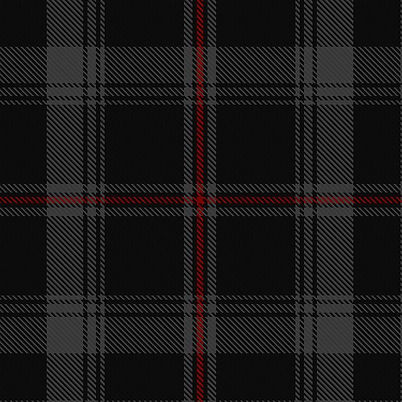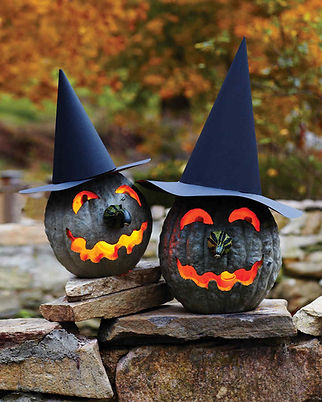HALLOWE'EN IN TARTAN!
Spooky Weaves for the Season!
Enjoy the vintage seasonal postcards, specialty tartan collection and a bit of mood music!
Mood Music?
Enjoy this special selection of tartans!
Click any picture below for more details about the tartans
within the calendar year of tartans

TARTANS FOR the SEASON OF Samhain!
The word Halloween or Hallowe'en dates to about 1745 and is of Christian origin FROM "hallowed evening" or "holy evening." Modern usage comes from THE Scottish term for All Hallows' Eve (the evening before All Hallows' Day) in which the word "eve" is contracted to e'en or een.
Some historical researchers speculate that the modern "trick-or-treat" ritual stems from the Scottish practice of guising, itself a secular version of "souling." In the Middle Ages, soulers, children and poor adults, would go to local homes and collect food or money in return for prayers said for the dead on All Souls’ Day.
Guisers discarded the prayers in favor of less religious performances like jokes, songs, or other “tricks.”
Happy Hallowe'en!
Click any picture below for more details
within the calendar year of tartans
Pumpkin Patch at Sunset
Pumpkin Festival Days
Oct 20
Famous literary pumpkins include: Cinderella's pumpkin carriage; the Headless Horseman's pumpkin of The Legend of Sleepy Hollow; Jack Pumpkinhead of The Marvelous Land of Oz; and Feathertop, Nathaniel Hawthorne's gothic tale of a bewitched scarecrow with a pumpkin head!
Wolf or Werewolf?
Werewolf Night
Oct 24
The magical ability to assume the form and characteristics of a wolf is known as lycanthropism, or lycanthropy. There was no widespread belief in werewolves in medieval Europe before the 14th century, though the concept of animal shape-shifting goes back much further.
Weird Sisters
Witches' Night Out
Oct 28
The Three Witches or Weird Sisters are characters in William Shakespeare's Scottish play Macbeth (c. 1603–1607). They prophesy both his ascent to king and subsequent downfall. The darkly contradictory witches, their "filthy" trappings and supernatural activities, all set the ominous tone for the play.
Bat under a full moon
Dracula Bites Night
Oct 29
Bats have long been associated with the mysterious and the supernatural even before Bram Stoker's Dracula (1897) which added the idea that a vampire could shape shift into the form of a bat! In his pursuit and seduction of Lucy, Count Dracula frequently disguises himself in the form of a large bat which flaps at her window.
Dracula & Vampires
Dracula Bites Night
Oct 29
The charismatic vampire of modern fiction was born in 1819 with the highly successful publication of The Vampyre by John Polidori. However, it is Bram Stoker's 1897 novel Dracula which provides the basis of the modern vampire legend and the gaunt, pale undead figure recognized today.
Simplicissimus Illustrierte Wochensc
Mischief Night
Oct 30
Mischief Night, also sometimes known as Devil's Eve is an informal holiday in which historically, children and teens engage in minor devilment and pranks such as ringing false alarms, ringing doorbells and leaving before someone answers, stealing gates, setting fires, and breaking windows!


















































